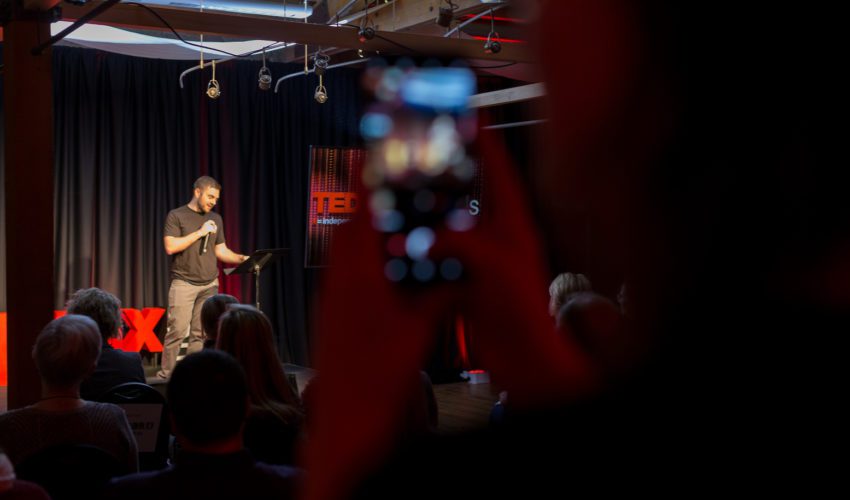One Health: Biotechnology sector ready to act
April 4, 2018
By Eddie Sullivan, CEO and co-founder, SAB Biotherapeutics
Globalization has changed our models of disease. Emerging health threats throughout the world have the potential to impact all of us regardless of region.
From late 2016 into 2017, the United States experienced what happens when zoonotic diseases touch the human population. For several months, expectant mothers in South Florida lived in fear that they would be bitten, and thus infected, by mosquitoes carrying the Zika virus.
According to the World Health Organization, the virus outbreak started in French Polynesia in 2014 but quickly spread into South, Central and North America because of the virus’ ability to move from animal to human.
However, the Zika outbreak is just one example of how zoonotic diseases can spread into the human population. We as a nation have been here before, including close encounters with Ebola, the West Nile virus and avian influenza.
Altogether, the World Bank estimates that from 1997 and 2009 the global costs from six zoonotic outbreaks exceeded $80 billion. Moreover, the Centers for Disease Control and Prevention estimates that globally there are 2.7 million deaths annually as a result of zoonotic infections.
And in today’s world where the connection between humans, animals and the environment becomes more intertwined every day, it’s crucial we address these outbreaks by focusing on the interconnectedness of all living things. This approach is described as “One Health.”
Animals spread 60 percent of infectious diseases found in humans and three out of every four new or emerging infectious diseases in people are spread from animals – both wild and domestic. By integrating biotechnology solutions into the One Health approach, we know that disease spillovers can be prevented, and the health of all living organisms can be addressed simultaneously.
In March, Sens. Tina Smith, D-Minn., and Todd Young, R-Ind., introduced the Advancing Emergency Preparedness Through One Health Act of 2018, which establishes a One Health program. This program will be comprised of multiple federal agencies to study and analyze the health challenges affecting humans, animals and the environment using the One Health approach.
Current efforts to mitigate zoonotic disease outbreaks are not adequate. For example, when avian influenza hit the United States in December 2014, the government spent $879 million in responding to the outbreak. In addition, more than 50 million birds on 232 farms were killed to prevent further spread of the flu. When it was all said and done, the outbreak cost the U.S. economy $3.3 billion.
The complex nature of zoonotic disease outbreaks such as avian influenza cannot be sufficiently analyzed, studied or addressed without engaging all stakeholders on the issue – as this legislation outlines. By bringing together agencies such as the National Institutes of Health, the Department of Agriculture and the Environmental Protection Agency, which oversee human, animal and environmental health respectively, Smith and Young are providing a framework for coordination that will lead to real solutions for real health challenges.
The goal of biotechnology companies is to understand the interconnectedness of organisms and leverage nature’s toolbox to solve complex health challenges.
Take my company, SAB Biotherapeutics, as an example. Through advanced biotechnology, we’ve developed a large-scale platform to create fully human antibodies, without human donors, that can target cancer, autoimmune disorders, inflammation and infectious diseases within a short period of time. This demonstrates how a One Health approach can lead to positive impacts for human health.
Similarly, scientists have been successful in modifying the genes of livestock so that they are resistant to certain animal diseases. As a result, the livestock is healthier, while at the same time avoiding the spread of disease to humans. In addition, reducing disease also reduces the need for antibiotics in animals and humans, thereby preserving efficacy of antibiotics when needed.
A One Health program also can help mitigate our country’s risk of bioterrorism. Estimates show that about 80 percent of potential pathogens used in bioterrorism or biowarfare are common zoonotic pathogens. Raising awareness of these vulnerabilities will enhance our nation’s preparedness for such risk.
The best way to respond to an outbreak is to prepare before it happens. Establishment of this One Health program facilitates a concentrated effort by the United States to coordinate real-life solutions for serious health challenges.
We applaud the senators for introducing Advancing Emergency Preparedness Through One Health Act. The biotechnology industry stands ready and eager to deploy and continue to develop innovative, technology-driven solutions to solve the health challenges of all living things.







